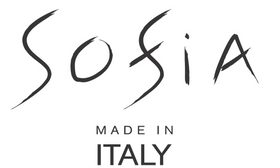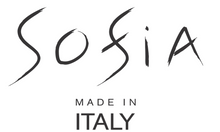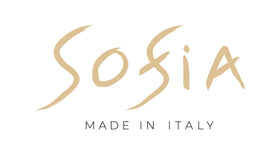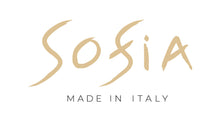Traditional Italian Attire: A Tapestry of Regional Elegance
Italy, a country celebrated for its rich history and cultural diversity, boasts a tapestry of traditional attire that reflects the unique heritage of each region. From the majestic Alps to the sun-kissed shores of Sicily, traditional Italian clothing embodies a blend of historical influences, artistry, and regional pride.
Northern Influences:
In the northern regions of Italy, particularly in areas like Trentino-Alto Adige and Veneto, traditional attire is deeply influenced by the Alpine culture. Tyrolean-style garments, known for their intricate embroidery and vibrant colours, are prevalent. Women may be seen in dirndl-inspired dresses adorned with floral patterns, while men often wear lederhosen-style trousers paired with a tailored jacket. These outfits not only highlight the influence of neighbouring countries like Austria but also serve as a nod to the agricultural and mountainous lifestyle of the region.
Central Elegance:
Moving towards central Italy, regions such as Tuscany and Umbria reveal a more refined and understated traditional attire. The iconic image of a Tuscan woman in a long, flowing skirt paired with a crisp white blouse and a colourful apron evokes a sense of timeless elegance. Men may opt for simple yet well-tailored clothing, such as a waistcoat and trousers, often in earthy tones. These traditional outfits reflect the agrarian roots of central Italy and the enduring connection to the land.
Southern Splendour:
As one ventures further south, into the warmth of regions like Campania and Calabria, traditional attire takes on a distinct vibrancy. Women may be adorned in brightly coloured, layered skirts paired with intricate blouses featuring lace details. The use of bold, contrasting colours and elaborate jewellery reflects the exuberance and passion of southern Italian culture. Men, on the other hand, may be seen in tailored jackets, waistcoats, and wide-brimmed hats, reflecting a blend of historical influences from different civilizations that have touched the region.
Sicilian Opulence:
Sicily, the jewel of the Mediterranean, boasts traditional attire that is a testament to the island's rich history of diverse influences. Sicilian women's dresses, known as "trinacria" dresses, are characterized by vibrant colors, bold patterns, and intricate embroidery. These dresses often feature a three-legged symbol, representing the island's triangular shape and its three capes. Men's attire in Sicily is equally distinctive, with embroidered vests, wide-brimmed hats, and vibrant sashes.
Festivals and Celebrations:
Traditional Italian attire truly comes to life during festivals and celebrations. Each region has its own unique costumes that play a central role in cultural events. The Carnevale di Venezia, for example, sees the revival of elaborate masks and period costumes reminiscent of the Venetian Republic's opulent past. In Sardinia, the vibrant and colourful costumes worn during traditional festivals like Sa Sartiglia capture the essence of the island's unique cultural identity.
Preserving Heritage in Modern Times:
While contemporary fashion trends may dominate everyday wear, there is a concerted effort to preserve and celebrate traditional Italian attire. Folk festivals, historical re-enactments, and cultural events provide platforms for showcasing these time-honoured garments. Artisans and designers are also incorporating elements of traditional attire into modern fashion, ensuring that the legacy of Italy's rich sartorial heritage continues to thrive.
In conclusion, traditional Italian attire is a captivating journey through the country's diverse landscapes and cultural history. From the Alpine peaks to the sun-drenched coasts, each region contributes its unique thread to the intricate tapestry of Italian fashion, weaving a story of pride, craftsmanship, and timeless elegance.















